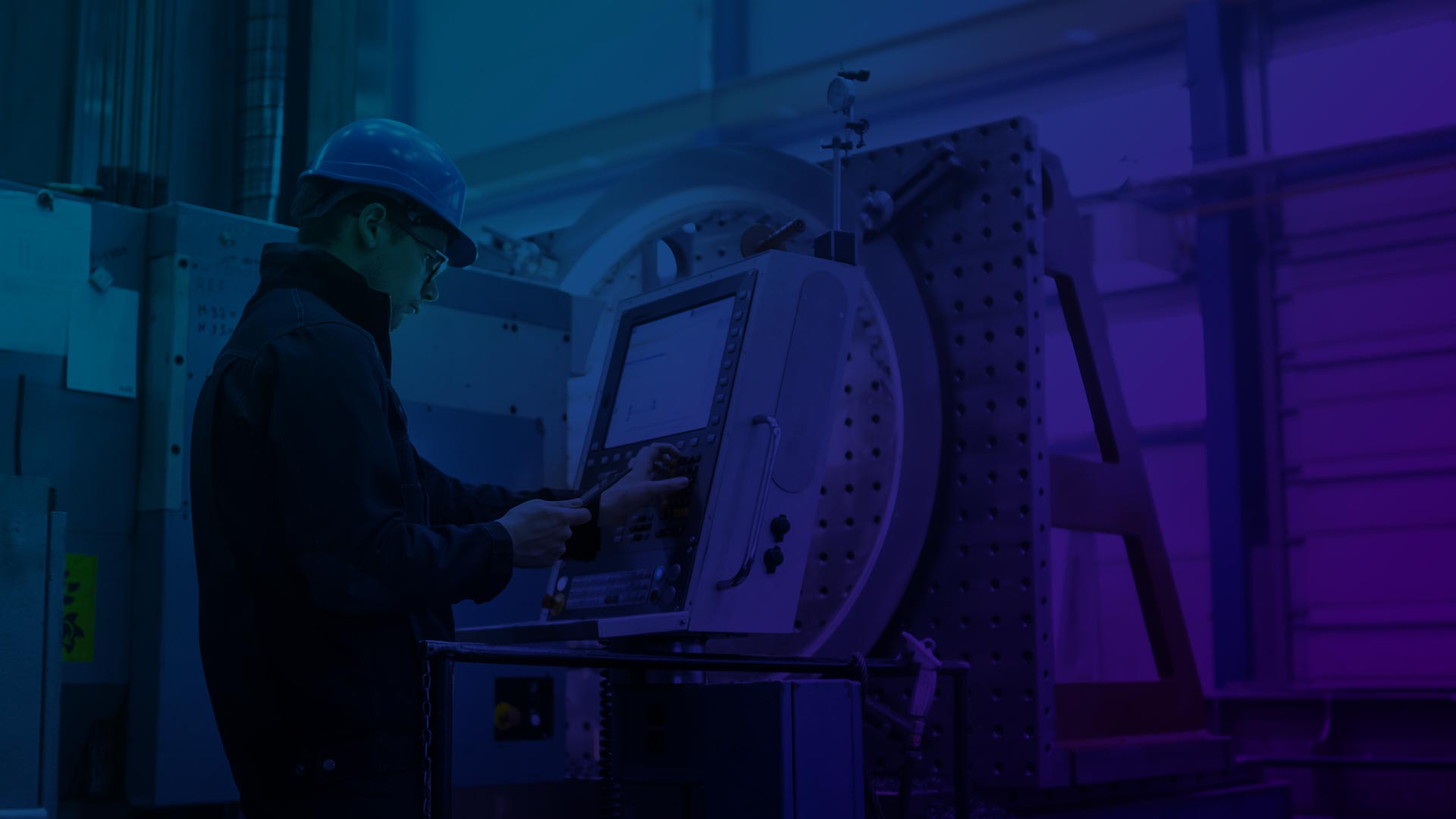Der Aufstieg der Elektrofahrzeuge hat sich in den letzten Jahren zu einem globalen Phänomen entwickelt. Angesichts der zunehmenden Besorgnis über den Klimawandel und der Notwendigkeit, die Treibhausgasemissionen zu reduzieren, haben sich Elektrofahrzeuge (EVs) als nachhaltige Lösung für den Transportsektor erwiesen. Dieser Artikel befasst sich mit den Fortschritten im Bereich der E-Antriebstechnologien und der E-Mobilitätsproduktion, die die Elektrofahrzeugindustrie vorangebracht haben.
E-Drive Technologien
E-Drive Technologien bilden die Grundlage von Elektrofahrzeugen. Zu diesen Technologien gehören Elektromotoren, Leistungselektronik und Steuersysteme, die harmonisch zusammenarbeiten, um eine effiziente und reibungslose Leistung zu erzielen. In diesem Abschnitt wollen wir einige der wichtigsten Komponenten näher betrachten.
Elektrische Motoren
Elektromotoren sind das Herzstück eines Elektrofahrzeugs und für die Umwandlung von elektrischer in mechanische Energie verantwortlich. Es gibt verschiedene Arten von Elektromotoren, die in E-Fahrzeugen verwendet werden, darunter:
-
- Permanentmagnet-Synchronmotoren (PMSM): Diese Motoren haben im Rotor eingebettete Dauermagnete, die für einen hohen Wirkungsgrad und eine hohe Leistungsdichte sorgen.
-
- Induktionsmotoren: Diese auch als Asynchronmotoren bezeichneten Motoren verwenden einen Wechselstrom zur Erzeugung eines Magnetfeldes und zeichnen sich durch Robustheit und Einfachheit aus.
-
- Geschaltete Reluktanzmotoren (SRM): SRM sind für ihre niedrigen Kosten und ihr einfaches Design bekannt und erfreuen sich auf dem EV-Markt zunehmender Beliebtheit.
Leistungselektronik
Die Leistungselektronik spielt eine entscheidende Rolle für die Gesamtleistung und Effizienz eines Elektrofahrzeugs. Sie steuert den Fluss der elektrischen Energie zwischen der Batterie, dem Elektromotor und anderen Komponenten. Zu den wichtigsten Geräten der Leistungselektronik gehören:
-
- Wechselrichter: Wandelt den Gleichstrom (DC) aus der Batterie in Wechselstrom (AC) um, um den Elektromotor anzutreiben.
-
- DC-DC-Wandler: Regulierung des Spannungsniveaus zwischen verschiedenen Komponenten zur Gewährleistung einer optimalen Leistung.
-
- Batterie-Management-System (BMS): Überwacht und steuert den Betrieb der Batterie und gewährleistet Sicherheit und Langlebigkeit.
Kontrollsysteme
Steuersysteme in E-Fahrzeugen steuern die Gesamtleistung, Sicherheit und Effizienz des Fahrzeugs. Diese Systeme umfassen:
-
- Traktionskontrolle: Passt die Drehmomentabgabe des Motors an, um eine optimale Traktion bei unterschiedlichen Straßenverhältnissen zu gewährleisten.
-
- Regeneratives Bremsen: Gewinnt die kinetische Energie beim Bremsen zurück und wandelt sie in elektrische Energie um, was den Gesamtwirkungsgrad verbessert.
-
- Wärmemanagement: Sorgt für optimale Temperaturbedingungen für verschiedene Komponenten und erhöht so die Effizienz und Langlebigkeit.
Batterie-Innovationen
Die Batterie ist eine der wichtigsten Komponenten eines Elektrofahrzeugs. Innovationen in der Batterietechnologie haben zu erheblichen Verbesserungen bei der Energiedichte, den Ladezeiten und den Gesamtkosten geführt. Zu den bemerkenswerten Fortschritten gehören:
-
- Lithium-Ionen-Batterien: Die vorherrschende Batterietechnologie in E-Fahrzeugen, die eine hohe Energiedichte und eine lange Lebensdauer bietet.
-
- Festkörperbatterien: Vielversprechende Technologie der nächsten Generation mit verbesserter Sicherheit, höherer Energiedichte und kürzeren Ladezeiten.
-
- Kabelloses Aufladen: Ermöglicht bequemes Aufladen ohne physische Anschlüsse und verbessert die Benutzerfreundlichkeit.
E-Mobilität Produktion
Das rasante Wachstum des Marktes für Elektrofahrzeuge hat zu erheblichen Fortschritten in der E-Mobility-Produktion geführt. Zu den wichtigsten Faktoren, die diesen Fortschritt vorantreiben, gehören:
Effizienz in der Fertigung
Die Automobilhersteller setzen innovative Produktionsmethoden ein, um die Herstellung von Elektrofahrzeugen zu optimieren. Techniken wie modulare Plattformen, rationalisierte Montagelinien und fortschrittliche Robotertechnik haben eine Steigerung der Produktionskapazität und eine Senkung der Kosten ermöglicht. Infolgedessen werden E-Fahrzeuge für ein breiteres Spektrum von Verbrauchern zugänglich.
Optimierung der Lieferkette
Die Elektrofahrzeugindustrie ist auf eine komplexe globale Lieferkette für Rohstoffe, Komponenten und Unterbaugruppen angewiesen. Die Unternehmen investieren in vertikale Integration, strategische Partnerschaften und lokale Produktion, um die Effizienz der Lieferkette zu verbessern und die Umweltauswirkungen zu verringern. Diese Bemühungen haben dazu beigetragen, die Produktionsraten zu erhöhen und die Herstellungskosten zu senken.
Nachhaltige Materialien und Prozesse
Die Umstellung auf Elektrofahrzeuge hat die Einführung umweltfreundlicher Materialien und Produktionsverfahren vorangetrieben. Die Automobilhersteller setzen auf die Verwendung von recycelten Materialien, Biokunststoffen und leichten Verbundwerkstoffen, um den ökologischen Fußabdruck ihrer Fahrzeuge zu verringern. Darüber hinaus werden zunehmend erneuerbare Energiequellen wie Solar- und Windenergie für die Stromversorgung der Produktionsanlagen genutzt.
Herausforderungen und Chancen
Der Markt für Elektrofahrzeuge hat zwar ein beträchtliches Wachstum erfahren, steht aber immer noch vor verschiedenen Herausforderungen, unter anderem:
-
- Ladeinfrastruktur: Die Verfügbarkeit von Ladestationen bleibt ein Problem, insbesondere in ländlichen Gebieten. Investitionen in die Ladeinfrastruktur sind entscheidend, um die Reichweitenangst zu bekämpfen und die Verbreitung von E-Fahrzeugen zu fördern.
-
- Batterie-Recycling: Mit der zunehmenden Anzahl von Elektroautos auf den Straßen steigt auch der Bedarf an effektiven Lösungen für das Batterierecycling. Die Entwicklung nachhaltiger Methoden für das Recycling und die Wiederverwendung von Altbatterien ist für die Minimierung der Umweltauswirkungen von entscheidender Bedeutung.
-
- Politik und Regulierung: Staatliche Maßnahmen und Anreize spielen eine entscheidende Rolle bei der Gestaltung des E-Fahrzeugmarktes. Eine kontinuierliche Unterstützung durch Steuergutschriften, Subventionen und andere Anreize wird entscheidend sein, um die Einführung von E-Fahrzeugen zu fördern und weitere Innovationen voranzutreiben.
Trotz dieser Herausforderungen bietet der Markt für Elektrofahrzeuge zahlreiche Möglichkeiten für Wachstum und Innovation. Fortschritte in der E-Antriebstechnologie und der E-Mobility-Produktion werden den Fortschritt weiter vorantreiben und den Verbrauchern weltweit nachhaltigere Transportmöglichkeiten bieten.
Schlussfolgerung
Die Aufschwung der Elektroautos ist ein Beweis für die Kraft der Innovation und das Engagement für Nachhaltigkeit. Mit der Weiterentwicklung von E-Antriebstechnologien und der Produktion von E-Mobilität können wir mit noch größeren Verbesserungen bei Leistung, Effizienz und Erschwinglichkeit rechnen. Wenn wir diese Veränderungen annehmen und die Herausforderungen der Branche meistern, können wir einen bedeutenden Beitrag zum Kampf gegen den Klimawandel leisten und eine nachhaltigere Zukunft für alle schaffen.
Produkte in diesem Artikel

MES-System - Fertigungsausführungssystem - ANT-Lösungen
System MES - Manufacturing Execution System 0 % Betriebszeitsteigerung 0 % Fehlermengenreduzierung 0 % Materialverbrauchsreduzierung 0 % Umrüstzeit

CMMS-System für das Instandhaltungsmanagement
Computerized Maintenance Management System (CMMS) Planen, verwalten und reagieren mit dem CMMS System von ANT. Das beste Instandhaltungssystem für die Anlagenleistung in Ihrer Fabrik. Es

Erweiterte Planung und Disposition (APS)
AdvancedPlanning & Scheduling (APS) Mit der APS-Software von ANT wird die Planung und Terminierung der Produktion leichter zugänglich. Behalten Sie ein konstantes Produktionstempo bei mit Hilfe von


